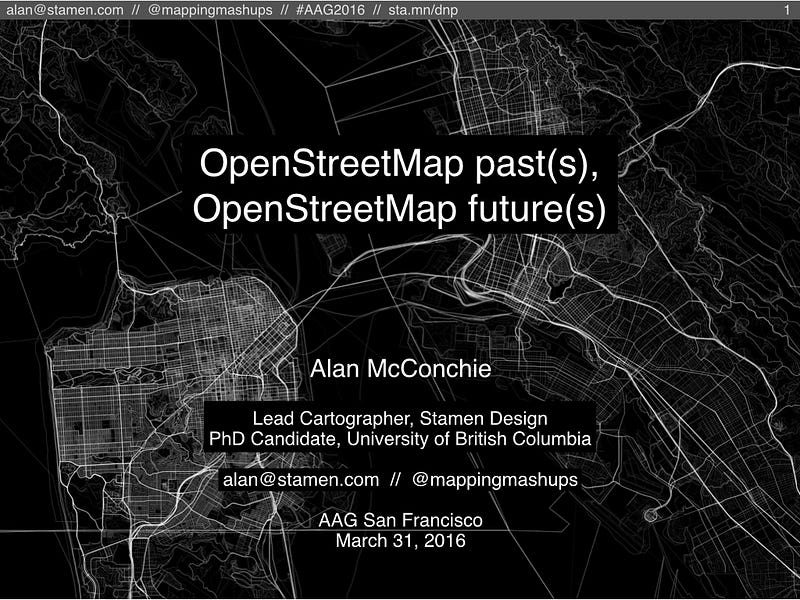Should you rank all the candidates in the OSMF election?
Posted by Alan on 8 December 2019 in English. Last updated on 9 December 2019.TL;DR: The answer is yes. You don’t have to rank all the candidates, but there’s no reason not to.
The OpenStreetMap Foundation (OSMF) is currently holding an election for four seats on their Board of Directors. This is the governing body for the global OpenStreetMap project, and ideally the Board will represent all the diverse perspectives and communities within the overall OpenStreetMap movement. Thankfully, the OSMF board uses the Single Transferable Vote (STV) method for its elections (also known as multi-winner Ranked Choice Voting), which is perhaps the most robust and flexible form of Proportional Representation, giving the voting public the chance to elect representatives that fairly reflect the diversity of their views, without requiring candidates to form political parties or requiring that the voting public be divided up into artificial geographic regions. I previously wrote a post explaining the benefits of STV for OSM elections here.
As someone who has administered several STV elections in the past (as the elections observer for the OSM-US board and as a co-founder of FairVote Washington) a lot of people ask me for advice about how to fill out their ballot. Not about who to vote for, but how to fill out their rankings so that the candidates they like have the best chance of winning. Specifically, they most often ask whether they should fill out all the rankings, or leave some candidates unranked. Imagine that there are 12 candidates running, and you like six of them and dislike the other six. Should you rank your top six in order and leave your other preferences blank? Or should you keep going and rank your disliked candidates from 7 down to 12, your absolute most disliked candidate?


 I followed three presentations by some of my favorite OSM researchers, Sterling Quinn (
I followed three presentations by some of my favorite OSM researchers, Sterling Quinn (